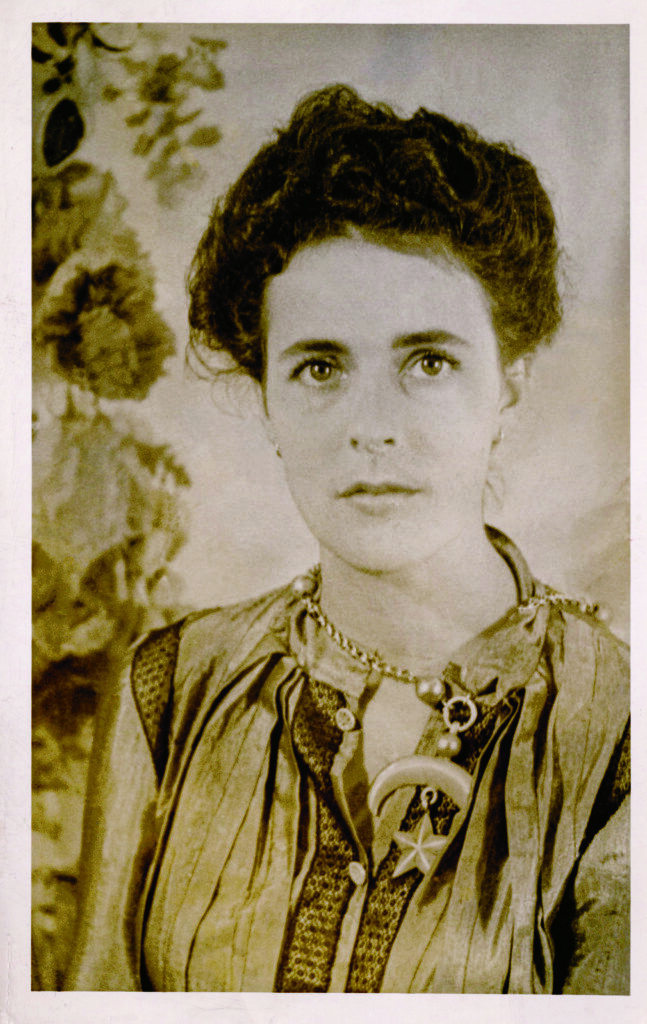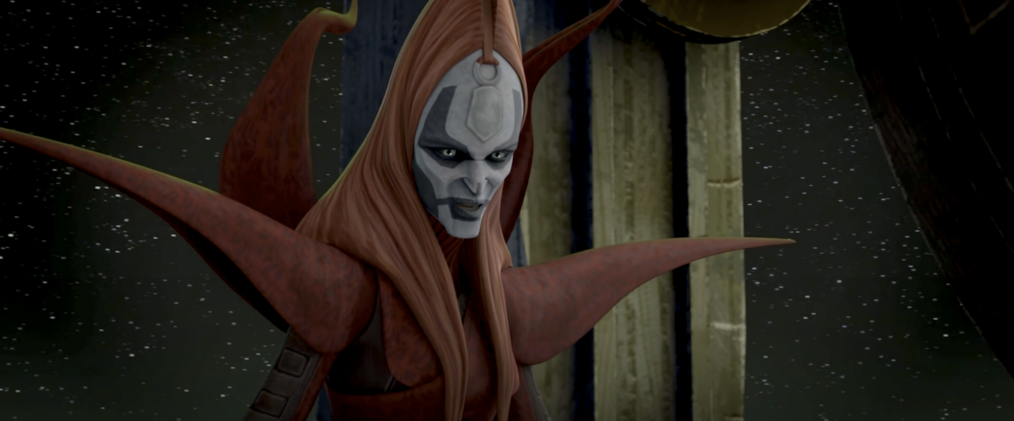New York
1941–1942
If Peggy Guggenheim had believed that leaving Lisbon would be a means of separating Max Ernst from Leonora Carrington, she realized as soon as they reached New York that it hadn’t worked. On their very first evening, in the restaurant where they had supper (accompanied by a detective, since Max was German and still had to be processed on Ellis Island), the first person they saw was Catherine Yarrow, the friend with whom Leonora had left Saint-Martin. Max became very upset. He knew Catherine had been instrumental in Leonora’s decision to travel to Spain, and the shock he had felt on returning to Les Alliberts after his release and finding her gone was still fresh in his memory. He refused to shake hands with Catherine, and there was “almost… a dreadful scene.”
Peggy quickly made contact with André Breton, whom she had helped financially to leave Europe with his wife Jacqueline Lamba and their daughter, Aube. Breton, she recalled in her memoir, wanted to hear all about Max and our life in Lisbon and what had gone on between Leonora and Max. The report had gone around New York that Max would not leave Leonora in Lisbon, and that was why we had remained there so long. Breton did not gather that I was in love with Max. We talked a lot about Leonora and Max, and Breton confirmed my opinion that she was the only woman Max had ever loved.
Leonora and Renato Ludic arrived in New York by sea a few days later. They moved into an apartment on West 73rd Street provided for them by the Mexican government, for whom Renato would continue to work (Leonora seems never to have been entirely clear about what he did, but apparently it was something in the technical department of the tax office). For her, as well as the relief of having finally put her family and Hitler behind her, this new chapter in New York represented a chance to reconnect with the artists she had known in Paris. “I saw the Surrealists all the time. I saw a lot of Breton. Buñuel was there, and Masson was there. Everybody was there. And Duchamp was living at the time at Max and Peggy’s. They had a mansion on Sutton Place.” Peggy’s apartment was a hub for the group of exiles and there were many gatherings, parties and soirees, as well as a series of photoshoots of the Parisian artistic superstars reconvened in their New York setting. There had been a subtle but important shift in Leonora’s status since the Paris days. Then, she had been included in the circle on account of her love affair with Max. Now she was part of the group on her own terms, recognized as the increasingly proficient artist she was becoming.
André Breton was the first to notice this. In early January 1942 he wrote to his friend Benjamin Péret, who was living in Mexico with his wife Remedios Varo, that the two “most vital” people in New York were the Chilean painter Roberto Matta, and Leonora Carrington. He and Leonora, he wrote, “experienced a total degree of understanding.” Even when she mocked him, laughing audibly when he tried to bring a surrealist meeting to order in a Greenwich Village bar as he had in the old days in Paris, he accepted the insult without comment.
It was Leonora’s close friendship with Breton in this period that led her to create Down Below , one of her most important written works. All of her writing, she told me, was autobiographical, but many of the stories—like “Little Francis”—were disguised, because there were others to consider as well as herself. Down Below, though, was different: it really concerned her alone, so she could be entirely frank about what had taken place. The only filter to truth was that sometimes, her perception of what was happening may have been somewhat different from objective reality.
, one of her most important written works. All of her writing, she told me, was autobiographical, but many of the stories—like “Little Francis”—were disguised, because there were others to consider as well as herself. Down Below, though, was different: it really concerned her alone, so she could be entirely frank about what had taken place. The only filter to truth was that sometimes, her perception of what was happening may have been somewhat different from objective reality.
Breton was fascinated by Leonora’s memories of the asylum and wanted to publish an account of her time there in VVV, the surrealist magazine he had established in New York. In the end it was the surrealists’ doctor, Pierre Mabille (whose escape from Europe Peggy had also financed), who persuaded her to write about it, arguing that setting the experience down would help liberate her from it. Leonora’s attempts to do this, though, didn’t work—and in fact she had made an earlier attempt to write about it, which had also failed, and that manuscript had disappeared. Mabille came up with another idea. If Leonora couldn’t write it down herself, could she dictate her experiences to his wife, Jeanne Megnen, who would transcribe them? This explains why Down Below was originally written in French, Megnen’s language, and then translated for publication in VVV. It appeared in the fourth issue of the magazine, in 1944, by which time Leonora was no longer in New York. Breton wrote to Péret that he found it “sensational.”
Remembering what had happened in Spain, though, was only one of the ways in which Leonora was making sense of her new situation. She was also engaging properly again with painting. Her teacher from the Kensington days, Amédée Ozenfant, was in New York, as was one of her friends from his London academy, Stella Snead. Leonora painted a portrait of Stella with her cats at around this time, but the first painting she produced in the city was a more sinister work, Garden Bedroom. It can be seen as a companion piece to Inn of the Dawn Horse, her self-portrait begun in Paris and completed in the Ardèche; but where that earlier work is enigmatic and measured, this piece is cha-otic and disturbing. It features a disheveled Leonora, this time sitting astride the rocking horse. Her hair is splayed out around her head and she has a look of grim determination on her face. She is moving on, riding on: away from Europe and towards the better life she knows will one day be hers.
New York could have been the setting for that better life. In the eighteen months she spent there between the summer of 1941 and the winter of 1942/3, she was making a name for herself. Breton wasn’t the only person to have noticed: the artist Hedda Sterne remembered her as “simply the most beautiful creature… she went around in jodhpurs and boots—nobody was doing that. I remember a show, a Surrealist show… and at the opening night Leonora Carrington, when people didn’t do that, came in a dress from a thrift shop, a high-necked lace dress. She looked absolutely beautiful.” The dress sounds like the one in which Lee Miller photographed Leonor Fini at Saint-Martin the previous year; perhaps it had traveled to New York in the REVELATION suitcase. How interesting, too, that Leonora wore jodhpurs in real life, just as she does in Self-Portrait/Inn of the Dawn Horse.
Her art was going well: she was “painting at her best” one day in autumn 1941 when she had a visit from the Polish make-up entrepreneur Helena Rubinstein and one of her seven younger sisters, Manka. Helena bought a painting of five black dogs, and Manka asked if she could commission a work. They spoke for a while about Mexico, since Leonora had a Mexican husband and might one day be going there. Before they left, Helena offered Leonora two hundred dollars to paint a mural with a theme of her choice. Leonora was thrilled by the sales—the only problem, she realized once they had left, was that she had no idea where to acquire a canvas for a mural-sized painting.
Marc Chagall was one of the most successful artists in New York at the time, so Leonora decided to approach him to ask for help: could he loan her a canvas? Chagall looked at her paintings, refused to lend her a canvas, and left her with the patronizing comment that she should “Keep painting, my little one, keep painting.” Fortunately, “[a]t the eleventh hour, Breton rescued the day by giving her one of his bed sheets, and she was able to paint the mural with Ernst, Duchamp, and Roberto Matta as assistants. Ernst momentarily shifted out of the assistant mode and painted his signature bird in the upper left corner to complement the work. Carrington titled it “Summer.” Manka loved it.”
There were plenty of parties in New York at this time, and most of them took place in Hale House at 440 East 51st Street, the Sutton Place mansion Peggy Guggenheim had rented for herself, Max and her huge art collection. The biggest room was a space Peggy called “the chapel” because it had “a balcony above with five little windows overlooking [it]. Here five choirboys might well have sung Gregorian chants.” Instead, she got the surrealists to pose for photographer Hermann Landshoff: fourteen of them are gathered in an image that also features a medley of Peggy’s Native American artworks. No doubt they were there for one of the parties, at which she typically served whisky and potato chips. Peering out through the arched windows are Ozenfant, Duchamp, Berenice Abbott and Piet Mondrian. Peggy herself is in the center. Perhaps she arranged the line-up, because Leonora and Max are as far from one another as possible—Leonora far left, Max far right. As she was honest enough to admit, Peggy was always keen to put distance between them.
The fact was, Max was still devoted to Leonora, and Peggy was acutely aware of it. In the days before the SS Exeter docked in New York he had been desperate to see his former lover again, and in the weeks that followed the two saw a lot of one another. They do not seem to have reignited their intimate relationship, though that was of little consolation to Peggy. She had already guessed that Max loved Leonora in a way he had never loved her—or, quite possibly, anyone else—and probably never would. Leonora, meanwhile, always confessed to being quite puritanical about relationships. She believed people should be together because they truly loved one another. She also admired Peggy greatly (indeed, the feeling was entirely mutual) and would have seen sleeping with Max again as a betrayal of her.
But she had another reason, too, to keep her distance physically from Max. Because what had begun as a marriage of convenience with Renato had matured into something more meaningful: if it wasn’t true love, it was certainly sexually sparky, with a great deal of mutual affection. Leonora had also, as Peggy had noticed, come to depend on Renato as a kind of father figure in the same way she had first been drawn to Max. Peggy had rightly pointed out that Max was too much of a baby himself to be anyone’s father—Renato, though, fulfilled Leonora’s fantasies. When she needed someone to care for her, to put her first, to marry her and to get her to where she wanted to be, he was there; to the end of her life, she spoke about him warmly and with gratitude.

A series of letters discovered after Leonora’s death, written to Renato while they were living together in the apartment on the Upper West Side, reveal her feelings towards him. One, written on 22 September 1941, is addressed to an absent Renato: he has gone missing, out with friends, and Leonora sounds desperate to have him back. “I die slowly and painfully waiting to see you,” she writes (the letter is typed, in French). “Come back soon. I love you, I want to sleep with you, I want to kiss you and lick you. I would give the cat, my hair and my left hand for you to come back.”
She goes on: “Renato for the love of the devil, come home. If you’re annoyed by this love, you need to know it’s not convenient to fall in love with crazy women, we are all like that. I love you, I love you, I love you, I love you, I love you, I love you, I love you, I love you, I love you. I’m tortured, I’m in agony, I’m angry, I’m exaggerating.” She won’t go to bed on her own, she says; but ‘when you come back you will be calm, and you won’t imagine the storm and sorrows I have endured.”
Why is it rare, she asks in another letter, for people who are living together to write to one another? “In writing, one becomes freer. I want to put the jewels of my personality before you.” But Renato has left her alone again—clearly, it’s a pattern of behavior that she loathes—and she says she is crying, becoming emotional… “pure female tricks to eat you better my child (as the wolf said to Little Red Riding Hood).” And then comes this line: “Every time I cry alone I put on the crown of a martyr… maybe it’s the spoiled girl who cries in me then. Maybe I have to dismiss her—and how do I do that?”
Some of these feelings are also played out in her short story “Waiting.” It follows a conversation between two women: “Margaret” (“her clothes were too long and her hair much too untidy, like someone saved from drowning”) is Leonora. She tells a passing stranger, Elizabeth, that she is “waiting for Fernando,” who is forty-three (like Renato) and has blue-grey hair that Margaret loves. But she has become so sad waiting for him that she has no tears left. The two wander into Elizabeth’s apartment, where Margaret realizes that Elizabeth and Fernando are lovers too. Perhaps the tale conflates her relationships with Max and with Renato at this point.
Leonora was divided between quite different lives in New York. Some of the time, she was a lovelorn wife pining for her husband to come home while he was out with his mates; other times she was an up-and-coming surrealist superstar. Through the late summer and autumn of 1942, she was central to a major exhibition of the exiled group that took place at the Whitelaw Reid Mansion in midtown Manhattan between October 14 and November 7. Billed as the biggest ever surrealist exhibition in America, it aimed to convey what the refugee artists had had to go through to get themselves across the Atlantic. Leonora, who exhibited alongside Frida Kahlo, Meret Oppenheim, Hedda Sterne, Remedios Varo and others, was also heavily involved in creating a setting that spoke to the difficulties of the artists. She helped weave a criss-cross web across the gallery; the idea was to place barriers between the visitors and the work, suggestive of the barriers its creators had encountered during their long journeys.
Throughout all of this Max continued to betray his feelings for Leonora in countless ways, and Peggy was acutely aware of all of them. In France she had seen him paint Leonora’s portrait over and over again, but it was a long time before he painted Peggy. Now, in New York, he would spend entire days with Leonora, something he never did with Peggy.When Peggy asked Max to dedicate a book to her, he wrote something cold, although she had seen the warmth with which he had inscribed books to Leonora.
It couldn’t go on, and it didn’t. Just as Peggy was thinking of leaving Max, in the late autumn of 1941, Leonora decided to leave New York and accompany Renato back to his native Mexico. That had long been the plan, although worries over money and the uncertainty of finding work in Mexico City had delayed their journey. The hiatus had given Leonora a chance to experience the life of an artist in New York City. It was fun, and interesting, and she was making headway in her career; but these were not her guiding stars. What mattered more to her was following her own intuition—and also playing out the adventure she had embarked on five years earlier when she left her family, and Britain, behind. Still feeling close to Renato, and believing that Mexico held adventures she could not yet imagine, she agreed to make the long trip by road with him and a group of other Mexican staff from the embassy.
Precisely when and where her final meeting with Max took place is not recorded. Neither of them ever spoke in detail about their feelings for one another, so the deepest story of their relationship remained with them, and they took it to their graves.
In New York, Peggy—who had married Max soon after Leonora’s departure—was working hard on an exhibition to take place in the spring of 1943 at her gallery, Art of This Century. It would include the work of thirty women, including Leonora. Max helped her with the curation and when he suggested adding another artist, so that it became “31 Women,” she readily agreed.
That, she later realized, was a mistake: the additional artist was Dorothea Tanning, for whom Max would eventually leave her. In her memoirs Peggy calls Dorothea “vastly inferior to Leonora, who really was a creature of genius.” The painter Buffie Johnson, also part of the New York group, observed that Peggy “couldn’t understand why Max fell for [Dorothea]. It seemed absolutely incredible, because Leonora Carrington was so marvelous.” Leonora and Max would never meet again. He spent the rest of his life with Tanning, and died in 1976 at the age of eighty-four.
“Do you believe that the past dies?” Elizabeth asks Margaret, in Leonora’s story “Waiting.” Yes, says Margaret. But only if the present cuts its throat.
Excerpt by Joanna Moorhead from Surreal Spaces: The Life and Art of Leonora Carrington © 2023 Thames & Hudson Ltd, London


























































